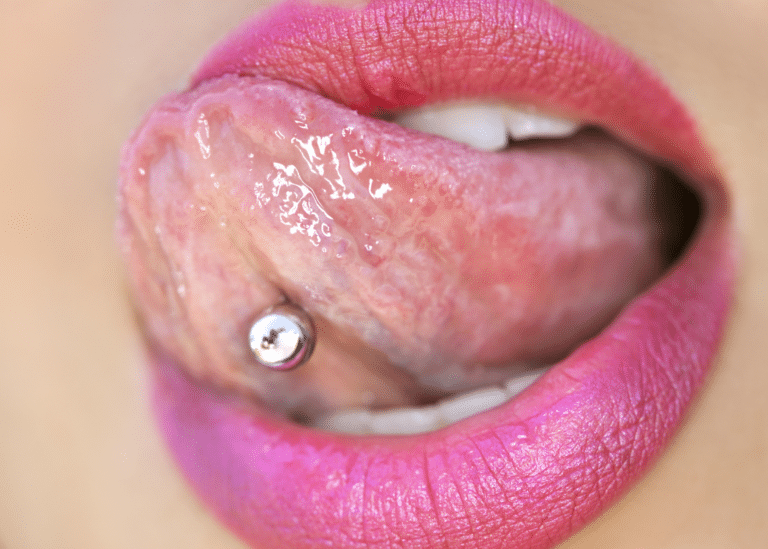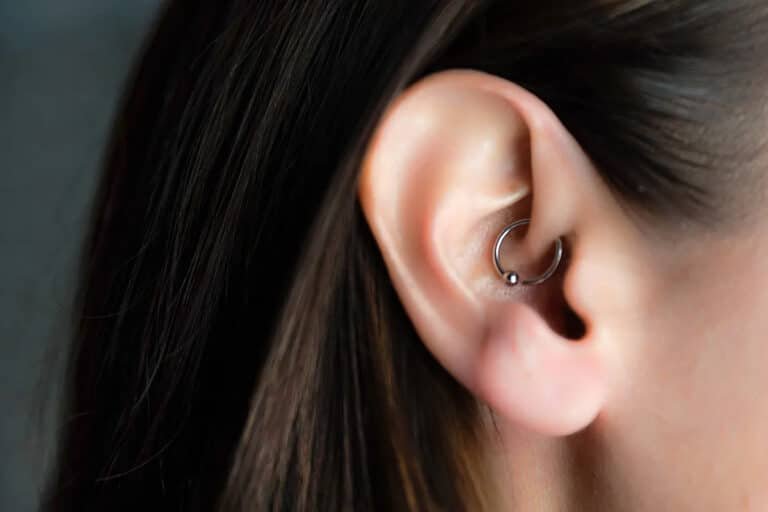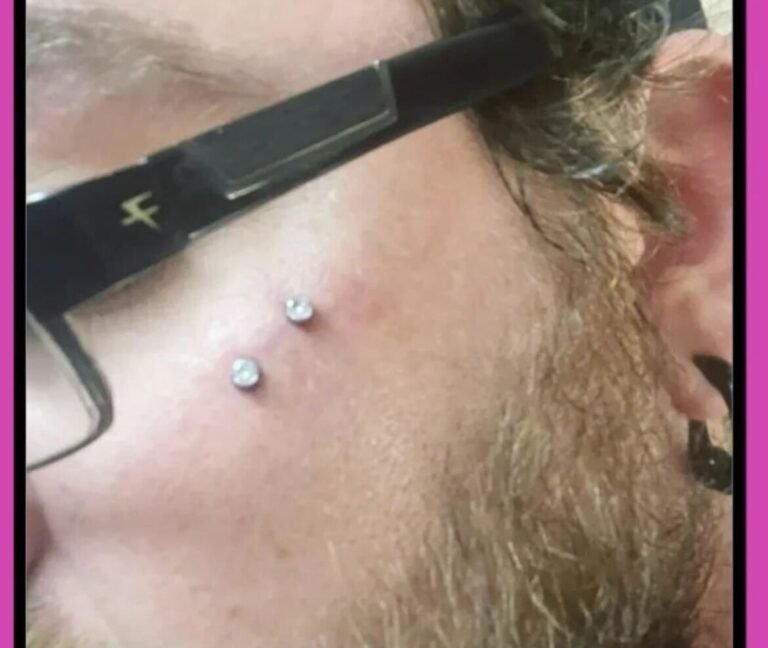For centuries, ear piercing and body piercing have been a significant part of various cultures, symbolizing everything from societal status to rites of passage. However, the history of body piercings is as diverse and intricate as the designs we see today.
In this blog article, we will dive into the fascinating journey of body modification, from its earliest origins to its surge in popularity in the contemporary world, revealing how it evolved from a cultural tradition to a form of personal expression and style. From nipple piercings to septum piercings, dermal piercings, pierced ears, and more – read on to understand the symbolic and aesthetic significance of body piercings in different times and cultures.
The Origins and Evolution of Body Piercing
Delving into the roots and progression of body piercing, it’s apparent that this form of body modification has been an integral part of human culture since time immemorial. This section will traverse the timeline of body piercing, from its humble beginnings in ancient civilizations, through its evolution over centuries, to its profound significance and popularity in today’s society. We will explore how body piercing, once a deeply rooted cultural practice, has transformed into a versatile medium of self-expression and personal style.
The History of Ear Piercing

Ear piercing, one of the oldest forms of body modification, traces its origins back to ancient civilizations. Archaeological findings from various parts of the world provide evidence of ear piercings dating back to the earliest human societies. For instance, the oldest mummified body ever discovered, known as Ötzi the Iceman, who lived around 3300–3100 BC, had 7–11mm earlobe piercings.
In ancient Persia, having ones ears pierced was seen as a symbol of courage and masculinity. Warriors would display their bravery and status through large earlobe piercings, often adorned with elaborate earrings. Similarly, in many indigenous cultures around the world, ear piercings were used to signify various milestones or status within the community.
As time progressed, ear piercings began to take on different meanings and purposes across cultures. For example, in the Elizabethan era in England, men of higher social classes would wear extravagant earrings in one ear as a sign of their wealth and status. Meanwhile, sailors would get an ear piercing to commemorate crossing the equator for the first time or surviving a shipwreck.
In the 20th century, ear piercing became a widespread trend in Western cultures, often associated with rebellion in the 1950s and 60s. By the late 1970s and 80s, ear piercing was accepted as a mainstream fashion trend. Today, ear piercings are prevalent worldwide, worn by people of all genders and ages. They can encompass various styles, from single-lobe piercings to multiple piercings on various parts of the ear, showcasing personal style and individuality.
The History of Nose Piercings & Nostril Piercings

Nose piercing is another ancient form of body modification, with a history as rich and varied as ear piercing. Its origins can be traced back over 4,000 years to the Middle East, where it is mentioned in The Bible. In the book of Genesis, Abraham gifts his wife Sarah a gold nose ring. By the 16th century, nose piercing had spread to India, where it became an important cultural symbol, particularly among women.
In Indian tradition, the left nostril is typically pierced due to the belief that it lessens the pain of menstruation and childbirth. It’s also associated with Ayurvedic medicinal principles, which correlate the left side of the nose with the female reproductive organs. This nostril piercing, often adorned with elaborate jewelry, is a key element in bridal decoration and is still widely practiced in India today.
The nostril piercing also holds significance in African culture. Among the Berber and Beja tribes of Africa, the size of a nose ring indicates a family’s wealth. Similarly, in the Bedouin tribes of the Middle East, nose rings are given as a wedding gift and are part of the married woman’s dowry.
Interestingly, nose piercing didn’t gain popularity in Western culture until the late 20th century. In the 1960s and 70s, the Hippie movement and a growing interest in Eastern cultures brought nostril piercing to the Western world. Soon after, the Punk movement of the 1980s embraced this form of body modification as an act of rebellion against societal norms.
Today, nostril piercing is widely accepted in many societies, often viewed as a fashionable aesthetic choice rather than a cultural statement. The placement and jewelry for nose pierces have evolved over time, with options ranging from the classic nostril ring to septum and bridge piercings. These modern variations allow individuals to express personal style and individuality, reflecting the ongoing evolution of body modification and its role in personal expression.
The History of Lip Piercing
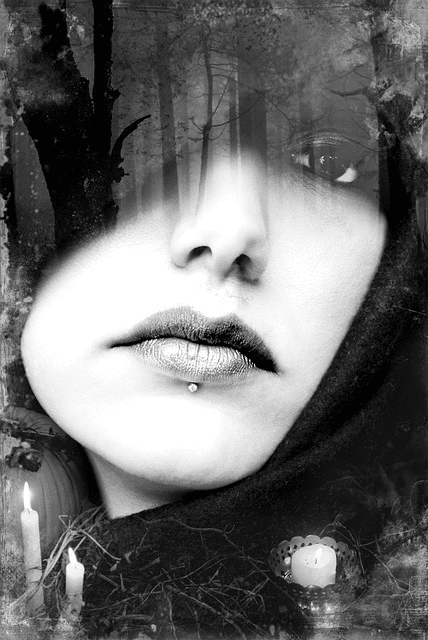
Lip piercing is another ancient body modification tradition with its roots in various global cultures. In African tribes, particularly among the Makololo of Malawi and the Dogon of Mali, lip plates or lip plugs were traditionally worn. These tribes believed that lip piercings, especially those stretched to accommodate large plates, signified attractiveness and maturity, often associated with a girl’s transition into womanhood.
In the Americas, the ancient Aztec and Maya civilizations also practiced lip piercing. They adorned their lips with ornaments made of gold, jade, and obsidian, not only as a symbol of status and bravery but also as a tribute to their gods.
Modern Western culture adopted lip piercing much later. Like other forms of body modification, it came into light with the Punk movement in the 1970s and 1980s. Over time, it has evolved to simply be a means of self-expression and individual style. Various styles of lip piercings are now prevalent, including the labret, Monroe, and snake bites, each offering a distinctive aesthetic appeal.
The History of Tongue Piercing
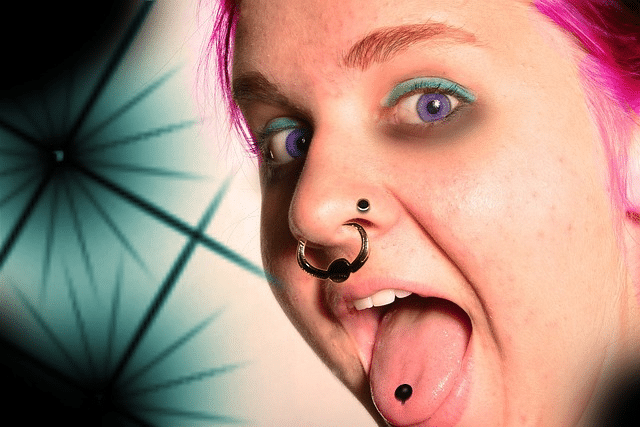
The practice of tongue piercing also dates back to antiquity. It was practiced by the ancient Aztecs, Mayans, and Haida, Tlingit, and Kwakiutl tribes of the American Northwest. For these cultures, tongue piercing was a deeply spiritual practice. The Aztecs and Mayans used it in religious rituals to communicate with their gods and induce altered states of consciousness. Blood drawn during the piercing was considered a form of offering to the gods.
In the Western world, tongue piercing became popular much later, in the 1980s and 1990s. The reasons for this practice are less spiritual and more aesthetic in nature. It was popularized by the body modification community and quickly seeped into mainstream culture. Today, it’s seen as a form of personal style and individuality, and despite being less visible compared to other piercings, it offers a unique form of self-expression.
The History of Nipple Piercing
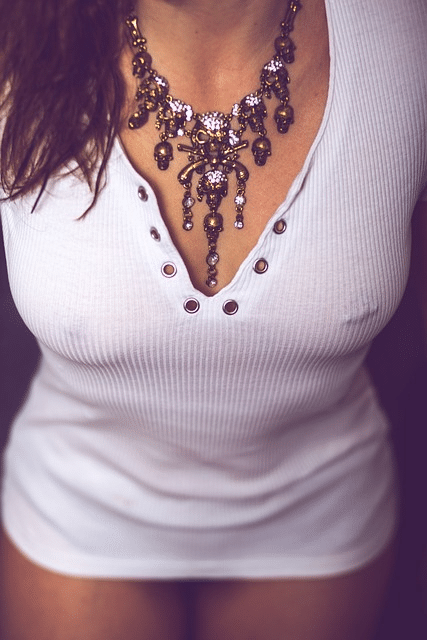
Nipple piercing is a form of body modification that, like many others, has a rich and varied history. Its origins date back to the Roman Empire when it was common for Roman centurions to have their nipples pierced as a sign of strength and dedication to the Roman Empire. It was a symbol of their loyalty and camaraderie, with the piercings used to attach a cape or another piece of military garb.
During the Victorian era, nipple piercings experienced a resurgence in popularity, although for different reasons. It was notably a high fashion trend among women, where ornate jewelry was used to accentuate the breasts and increase their size visually. It was during this period that the first nipple piercing jewelry, known as “bosom rings,” started to appear in catalogs.
In the 20th century, nipple piercings became associated with the gay and BDSM communities. The modern resurgence of nipple piercings can be traced back to the Leather subculture, a subset of the BDSM community, in the late 1960s and early 1970s. Here, nipple piercings, along with other forms of body modification, were seen as a form of rebellion against societal norms and a way to signify one’s involvement in the community.
Today, nipple piercings are often seen as a form of self-expression and are worn by people of all genders and sexual orientations. They’ve undergone a significant shift from their military and high fashion roots to become a symbol of individuality and personal style. The choice of jewelry for nipple piercings has also expanded greatly, with barbells, rings, and shields being popular options. As societal attitudes towards body modification continue to evolve, nipple piercings remain a popular choice, demonstrating the ongoing fascination and personal significance these adornments hold.
The History of Navel Piercings

Navel piercings and belly button piercings are a more modern body modification practice with a history that is somewhat different from other piercings. Unlike nose, lip, tongue, and nipple piercings, which have roots in ancient civilizations and tribal cultures, belly button piercing does not have a long-established historical or cultural significance. In fact, it’s a relatively recent trend in the history of body modification, gaining popularity only in the late 20th century.
The rise of naval piercings can be traced back to the 1990s, becoming popularized largely because of the fashion industry and pop culture. The trend began when model Christy Turlington unveiled her belly button piercing at a fashion show in London in 1993. This sparked a new trend, and soon after, other high-profile celebrities followed suit. Singer Alicia Silverstone further popularized the trend when she featured a belly button piercing in the music video for Aerosmith’s hit “Cryin’.”
In Western culture, naval piercing quickly became associated with female beauty and sexuality, driven by the midriff-baring fashion trends of the 90s. It was seen as a rebellious, edgy, and attractive accessory that allowed women to draw attention to their abdomens, often associated with physical fitness and allure.
Over time, the appeal of belly button piercings has remained relatively consistent, although the styles and types of jewelry have evolved. The standard naval piercing is done through the upper rim of the belly button, but variations have emerged, including the inverse naval piercing (through the lower rim), the horizontal naval piercing, and multiple rim piercings. The choice of jewelry has also expanded, with options ranging from traditional barbells and rings to more elaborate and decorative pieces.
Today, naval piercing is still a popular form of body modification for self-expression and individual style. Despite the lack of historic or cultural roots, it has carved a significant place in the modern history of body modification and continues to be a popular choice for many.
The History of Genital Piercings
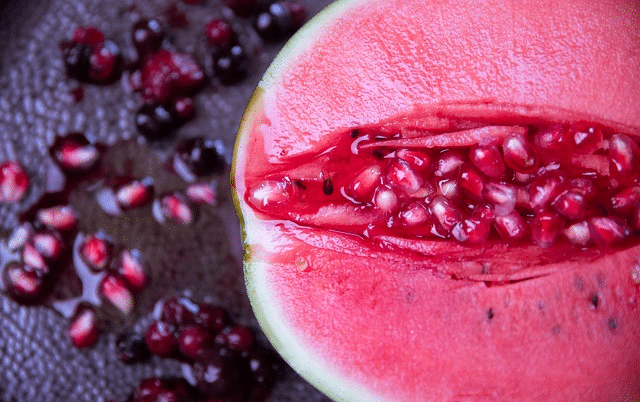
While genital piercings may seem like a modern trend to some, they actually have a long history that dates back to ancient civilizations. The Kama Sutra, a Sanskrit text from India that dates back to 1500 – 600 BCE, includes references to genital piercings. In ancient India, the apadravya, a form of male genital piercing, was practiced. This involved piercing the glans of the penis from top to bottom and was believed to enhance sexual pleasure.
In other cultures, genital piercings were used as a symbol of status or ownership. For instance, in Borneo, men would have their penises pierced to allow them to secure their genitals to a form of loincloth. This was not only practical but also symbolized their social status. Similarly, during the Victorian era, male genital piercings such as the Prince Albert were supposedly used to secure the penis to one side of the trouser, thus maintaining a smooth and modest appearance.
Female genital piercings have origins in Southeast Asia and the Pacific Islands where labia and clitoral hood piercings were undertaken as part of tribal or cultural rituals. The Dayak tribeswomen of Borneo would receive a labia piercing as part of their coming-of-age rituals.
In the modern Western world, genital piercings have undergone a resurgence in popularity since the late 20th century, largely thanks to the body modification movement. Genital piercings today are seen as a form of self-expression, personal style, and sexual enhancement. The types of genital piercings have expanded greatly, ranging from Prince Albert, ampallang, and apadravya for men, to clitoral hood, labia, and triangle piercings for women.
As societal attitudes towards body modification continue to evolve, genital piercings have become more mainstream, shedding some of their past taboo. The choice of jewelry for these piercings is vast, with options for personalizing to individual taste and comfort. Like all forms of body modification, genital piercings symbolize the continuing human desire to express individuality, explore sexuality, and challenge societal norms.
The History of Dermal and Surface Piercings

Dermal and surface piercings are unique forms of body modification that depart from the traditional earring, nose ring, or belly button ring. Unlike standard piercings that go through and out of the body, these piercings are either embedded into the skin (dermal) or placed under the skin surface with both ends appearing on top of the skin (surface).
The history of dermal and surface piercings is not as well-documented or as ancient as other forms of body modification. One could argue that the origins of these piercings are recent, tracing back to the late 20th and early 21st centuries. However, specific tribes and cultures have practiced similar forms of body modification. For example, the indigenous Dayak people of Borneo were known to use a form of surface piercing in their traditional beading practices, where beads were inserted beneath the skin to create patterns and designs.
The modern practice of dermal and surface piercings became popular within the body modification community in the 1990s and early 2000s. They offered a novel way to adorn the body and allowed for piercings in places that were not possible with traditional methods. The initial practice was quite experimental, with many early adopters experiencing complications due to rejection, migration, infection, or improper healing.
Over the past decade, dermal and surface piercings have evolved significantly with better techniques and advancements in piercing technology. The introduction of dermal anchors and various surface bar designs have improved the success and safety profile of these piercings. The choice of jewelry has also expanded, and these piercings now allow for an even wider range of personal expression, from subtle single-point dermals to more complex surface piercings that create unique patterns or shapes on the body.
Today, dermal and surface piercings continue to be a popular choice among body modification enthusiasts. They represent a modern innovation in the ongoing human tradition of body adornment, pushing the boundaries of what is possible and challenging the traditional norms of beauty and self-expression. As societal attitudes towards body modification continue to evolve and become more accepting, it’s likely that the popularity and innovation of dermal and surface piercings will continue to grow.
Need Body Piercings in Florida?
Rad Ink Florida is the premier piercing shop and tattoo studio in Brevard County, Florida
At Rad Ink Florida, we strive to deliver top-notch piercing services to residents and tourists near Melbourne, Florida; setting the gold standard in body modification. Our team comprises highly skilled and experienced piercing professionals who are dedicated to ensuring that each client’s experience is personalized, comfortable, and of the highest quality. We utilize state-of-the-art piercing equipment, and our strict adherence to cleanliness and hygiene exceeds industry standards, guaranteeing safe procedures every time.
We take pride in our vast portfolio of piercing services that cater to the diverse needs of our clientele. From traditional ear and nose piercings to more contemporary dermal and surface piercings, we can help you express your individuality with style and precision. We understand the importance of personal expression and ensure that we offer a wide variety of jewelry options to meet your unique taste and comfort. At Rad Ink Florida, your body modification journey is not just a service; it’s an art form we are passionate about.
Come and experience the highest quality piercing services in Florida!

